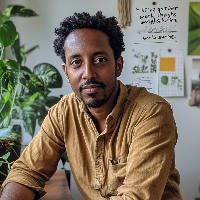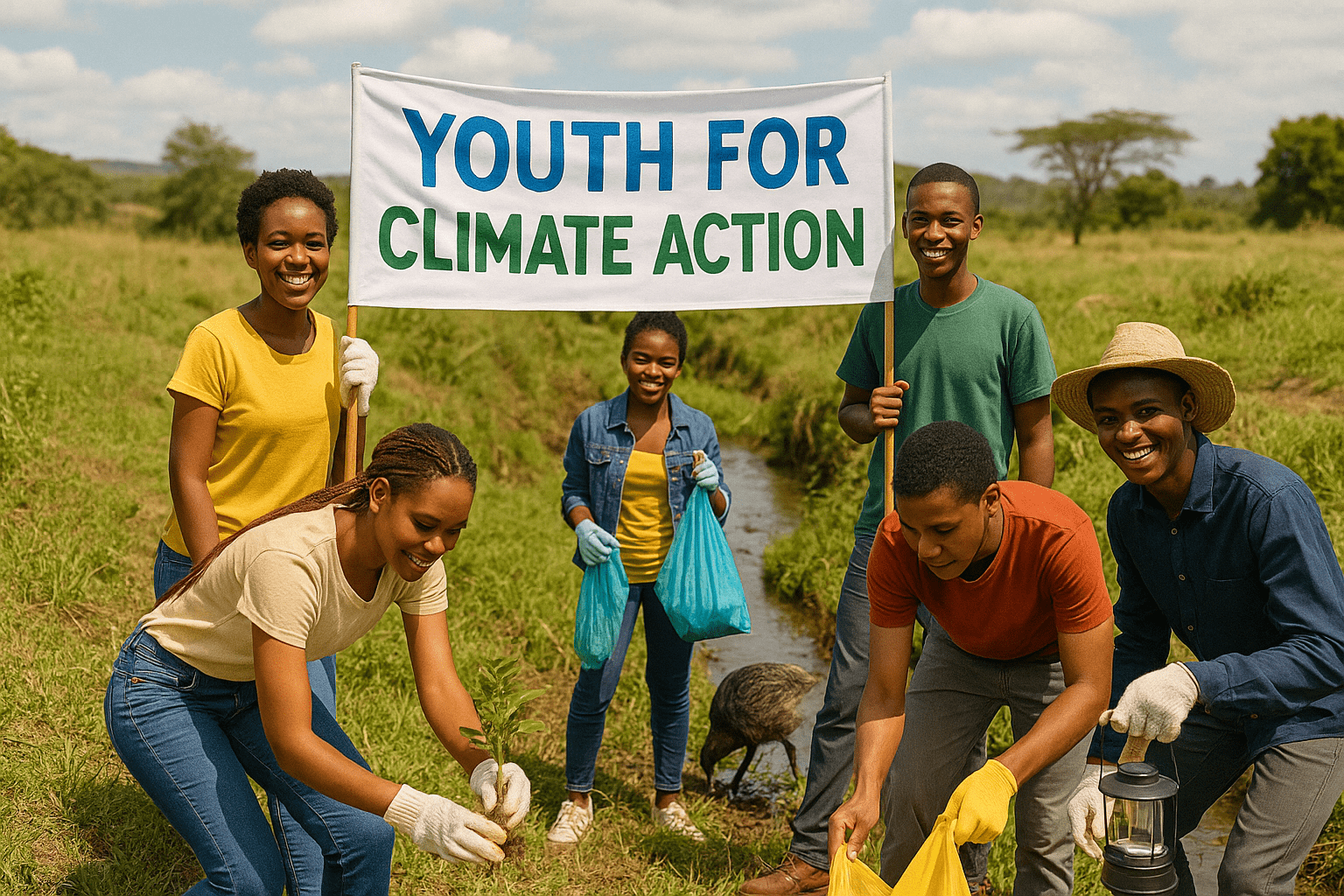Across Kenya, grassroots organizations are restoring habitats and preserving the environment on the ground. Without waiting for government assistance, communities are policing poaching, restoring rivers, and planting trees.
For instance, to preserve the water tower that supplies Turkana and Victoria birdlife.org, local forest associations in Cherangani Hills have reclaimed over 239 hectares of degraded forest by planting nearly 240,000 native trees since 2023. By increasing soil fertility and water flow, that project alone helps thousands of people downstream.
Villagers in Gazi, Kwale County established the Mikoko Pamoja Mangrove Management Project. Through the sale of blue carbon credits and the preservation of endangered mangroves, they generate over KES 3 million annually in community revenue from mangrove restoration practices. The village's clean energy, farming, and schools are supported by this income project.
Highland Reforestation: To safeguard water catchments, Community Forest Associations are planting native trees in the Aberdare, Cherangani, and Mount Kenya regions. For instance, the Cherangani ecosystem was strengthened by 6 CFAs planting 239,165 trees by the end of 2024 as part of a BirdLife/Kenya program. These initiatives secure the water supply for farming communities, prevent landslides, and restore rainfall patterns.
Mangrove & Wetland Revival: Locals are restoring wetlands along the lakeshores and coasts. Mangroves are planted by volunteers in Kilifi and Lamu counties to absorb carbon and act as a buffer against storm surges. Thousands of tons of CO₂ are currently sequestered by these community mangrove forests, such as Mikoko Pamoja and the growing Vanga Blue Forest, which reinvests their profits back into the villages. In a similar vein, the residents of Lake Baringo and Lakes Naivasha/Nakuru plant trees and set silt traps, demonstrating that every village can act as a protector of the natural world.
Anti-Poaching & Wildlife Sanctuaries: The Samburu and Maasai communities in Tsavo and Laikipia manage conservancies that protect rhinos and elephants. Through the establishment of community conservancies, they oversee tourism and grazing on shared land and collect fees that deter poaching. Kenya has made it abundantly evident that wildlife flourishes when locals profit from it either by getting jobs or paying admission fees. Locals are the best people to lead conservation efforts, as evidenced by the success of Lewa and Ol Pejeta conservancies as well as dozens of smaller community areas.
Recycling and Plastic Patrols: Both urban and rural organizations plan neighborhood, river, and lakeside cleanups. While Kikambala's FlipFlopi group constructed a boat out of beach trash, youth in Nairobi and Mombasa spearheaded plastic recycling campaigns. In the lakeside slums of Kisumu, people gather trash that would otherwise clog sewers and send plastics to recyclers. In addition to making towns look better, these initiatives encourage people to change their behavior because more people help out when they see waste as a resource for soil, energy, or crafts.

